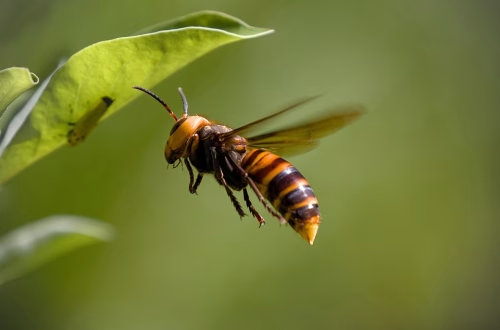Article Summary
Pest inspection is a critical step in maintaining a safe and healthy environment, whether in homes, businesses, or agricultural settings. This article explores the importance of **pest inspection**, the methods used, and the laws governing it at both state and federal levels. Homeowners, landlords, and business operators are directly affected, as pests can cause property damage, health risks, and legal liabilities. By understanding the process and regulations, readers can take proactive steps to prevent infestations and ensure compliance with local and national standards.
What This Means for You
- Regular **pest inspections** can save you money by preventing costly damage to your property.
- Schedule inspections seasonally, especially in high-risk areas like California or Florida, where pests thrive year-round.
- Ensure compliance with state-specific laws, such as California’s Structural Pest Control Act, to avoid fines or legal issues.
- Stay informed about emerging pest trends, such as the rise of invasive species, to protect your property in the long term.
The Ultimate Guide to Pest Inspection: Methods, Laws, and Best Practices
Pest inspection is a vital process for identifying and mitigating infestations before they escalate. Whether you’re a homeowner, landlord, or business owner, understanding the **pest inspection** process can help you maintain a safe and pest-free environment. This guide covers everything you need to know, from inspection methods to legal requirements.
Why Pest Inspection Matters
Pests like termites, rodents, and bed bugs can cause significant damage to property and pose health risks. According to the **Environmental Protection Agency (EPA)**, pests can carry diseases, trigger allergies, and contaminate food. Regular inspections are essential for early detection and prevention.
Methods of Pest Inspection
Professional pest inspectors use a variety of techniques to identify infestations:
- Visual Inspections: Checking common hiding spots like basements, attics, and crawl spaces.
- Thermal Imaging: Detecting heat signatures from pests in walls or insulation.
- Moisture Meters: Identifying damp areas that attract pests like termites and cockroaches.
These methods ensure a thorough assessment of your property.
State and Federal Laws
Pest inspection regulations vary by state. For example, **California’s Structural Pest Control Act** requires landlords to disclose pest infestations to tenants. At the federal level, the **EPA** regulates the use of pesticides to ensure safety and effectiveness. Always check local laws to stay compliant.
State-Specific Examples
In **Florida**, where termites are prevalent, annual inspections are recommended. In **New York**, bed bug inspections are mandatory for multi-family housing. These examples highlight the importance of understanding regional pest challenges.
Benefits of Regular Inspections
Regular **pest inspections** offer numerous benefits:
- Prevent costly property damage.
- Protect the health of occupants.
- Ensure compliance with legal requirements.
By investing in inspections, you can avoid the headaches of full-blown infestations.
Conclusion
Pest inspection is a proactive measure that safeguards your property and health. Whether you’re dealing with termites in Texas or bed bugs in New York, understanding the process and regulations is key. Don’t wait for pests to become a problem—schedule an inspection today and stay one step ahead.
People Also Ask About
- How often should I get a pest inspection? Annual inspections are recommended, but high-risk areas may require more frequent checks.
- What pests are most common in homes? Termites, rodents, and bed bugs are among the most common household pests.
- Are pest inspections required by law? Some states, like California, require inspections for rental properties.
- Can I do a pest inspection myself? While DIY inspections are possible, professionals offer more thorough and accurate assessments.
- How much does a pest inspection cost? Costs vary by location and property size, typically ranging from $100 to $300.
Expert Opinion
“Pest inspections are not just about identifying current problems—they’re about preventing future ones,” says a leading pest control expert. “With the rise of invasive species and climate change, regular inspections are more important than ever. Homeowners and businesses should prioritize this as part of their maintenance routine to avoid costly and dangerous infestations.”
Related Key Terms
- Pest inspection services near me
- Termite inspection California
- Bed bug inspection New York
- Professional pest control Florida
- Home pest inspection cost
- EPA pest control regulations
- Seasonal pest prevention tips
*Featured image sourced by Pixabay.com



